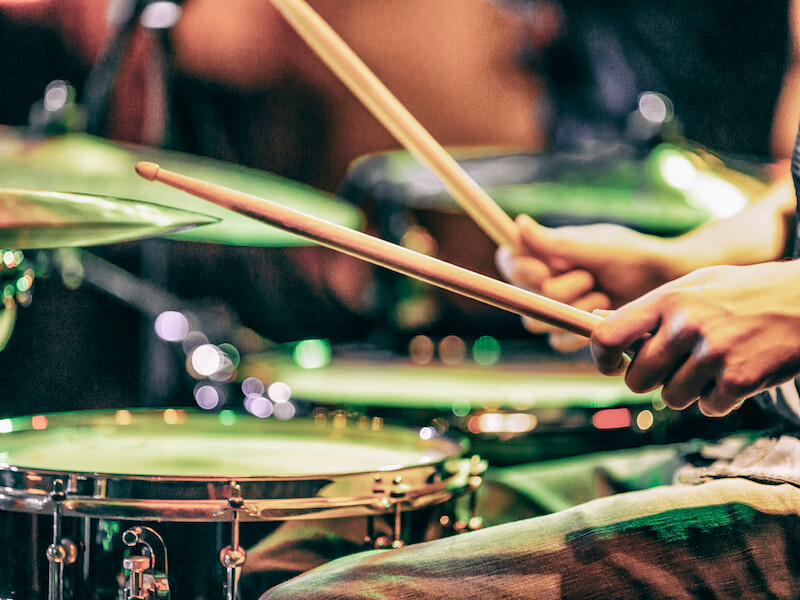Musicians, they’re undeniably cool! They infuse our lives with joy through their melodies and songs. But there’s a significant caveat—music’s power amplifies with volume, and that volume can pose a risk to your hearing. Particularly for musicians, daily exposure to loud music increases the risk of hearing damage.
As you age, your desire to enjoy your favorite tunes remains intact, whether you’re a musician or simply an enthusiast. For musicians, protecting their hearing is paramount for a flourishing, enduring career. But the importance of ear protection extends to every music lover for a lifetime of sonic enjoyment.
Unveiling the True Volume of Music
Pose the question: Is a jet engine loud? Most would concur.
Yet when it comes to music, the perspective shifts. If you inquire whether an acoustic guitar or a solitary violin is loud, responses might not be as swift. Interestingly, these can also generate loud music. Classical music, for instance, can reach relatively high volumes capable of harming your ears.
Consider a violin—an instrument that can exceed 90 dB, akin to the noise of a leaf blower. In comparison, European Union regulations stipulate hearing protection for work environments exceeding 85 dB. Consistent exposure to loud music, especially without ear protection, can lead to gradual hearing impairment over time.
Shielding Your Ears from Noise
Now that the significance of protecting musicians’ hearing is acknowledged (crucial for a lasting musical journey), how can musicians and enthusiasts alike revel in the music they adore while ensuring their auditory health?
Monitor Volume: Remember the saying “knowledge is power”? Apply it to monitoring sound levels. Keep tabs on amp and PA system volumes. For ambient noise levels, a decibel meter app on your cell phone can be handy. Adjust your habits if the meter frequently surpasses 85 dB.
Take Breaks: Like any part of your body, ears tire and benefit from respite. Regular breaks from noise prevent auditory overwhelm. Remember, duration is as vital as volume for hearing well-being—striking the right balance lies in frequent breaks.
Ear Protection Is Essential
Without a doubt, the most effective step towards hearing preservation is straightforward—using ear protection. However, concerns about compromised audio quality often deter musicians from adopting hearing protection. The reality varies based on the type of protection.
Musician-Specific Earplugs: While disposable earplugs are familiar, they might not suit musicians due to inadequate fit and audio quality. Enter musician-specific earplugs, slightly pricier but tailored for comfort and audio clarity. They reduce noise by about 20dB while maintaining sound quality.
Electronic Earplugs: Functioning similarly to non-electronic counterparts, electronic earplugs block most external noise while transmitting sound through the earplug itself. This option suits noisy environments, offering better volume control.
In-Ear Monitors: In the realm of modern music, electronics reign supreme. In-ear monitors, placed in the ear, relay electronically-transmitted signals. These monitors function as snug speakers, blocking extraneous noise while playing the sounds you want at safe levels. Ideal for electronically amplified instruments.
Harmonize Your Career with Hearing Care
It’s never too late to prioritize hearing safety, but initiating sooner is recommended. Hearing protection options cater to all budgets, ensuring everyone can safeguard their hearing and future. For musicians, hearing protection is an investment in a lasting career—guaranteeing the pleasure of creating music for years to come.
Reach out to us, and we’ll guide you through the first steps towards securing your auditory well-being. Your passion deserves a harmonious, resonant future.


